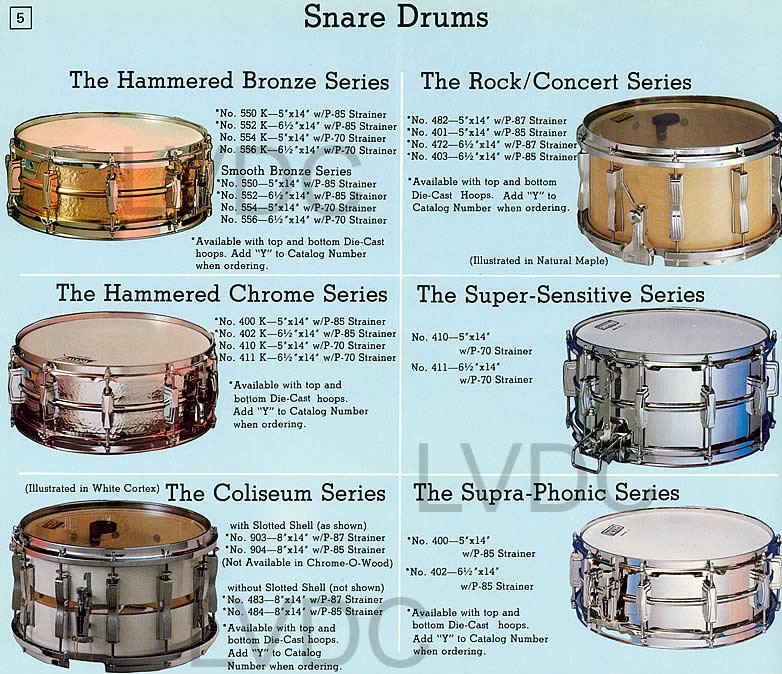

WFL was a competitor with Ludwig and Ludwig. The company continued producing drums at a small scale for the duration of World War II, but William got back to the idea of making the company a large drum manufacturer after the war ended. In 1937, William bought a factory building and started The WFL Drum Company (his initials). The banjos are highly prized today, but were ultimately a financial failure, the market having disappeared. He was unable to use the Ludwig name since that trademark now belonged to Conn who continued to market Ludwig & Ludwig drums. Eventually, William Ludwig decided to leave Conn and start a new company of his own. William Ludwig stayed on to run the company for Conn (which also owned the Leedy Drum Co. In the late 1920s, the company was sold to the C.G. By 1923, the factory was the largest drum manufacturer in the world, employing 240 workers. Theobald Ludwig died in 1918, and William continued on his own.

In 1917, Ludwig signed a deal to build rope drums to support World War I. The company added new products to its catalog, such as snare drums and timpani, in 1916. The company started with a concept for the design and manufacture of a functional bass drum pedal. Since this work was irregular, he and his brother, Theobald, opened a drum shop in Chicago they called it Ludwig & Ludwig.
LUDWIG SUPRAPHONIC SNARE DRUM HISTORY PROFESSIONAL
had been a professional drummer, playing with circuses and touring vaudeville shows, along with the occasional skating-rink gig. & Theobald Ludwig, sons of a German immigrant to the United States. The Ludwig Drum Company was established in 1909 by William F.


 0 kommentar(er)
0 kommentar(er)
